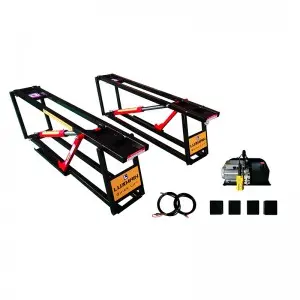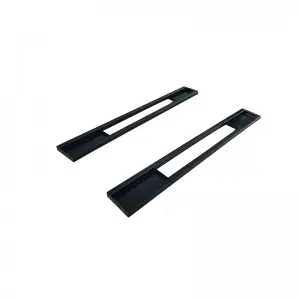[Cylinder]Exploring the Versatility and Applications of Cylinders in Everyday Life: From Engineering Marvels to Simple Household Items
****
Cylinders are more than just simple geometric shapes; they are vital structures that influence a multitude of fields ranging from engineering to everyday household items. Defined mathematically as a three-dimensional shape with two parallel circular bases connected by a curved surface, cylinders find utility in diverse applications due to their unique properties. This article delves into the characteristics of cylinders, their significant roles in various sectors, and their undeniable presence in our daily lives.
**Understanding the Structure of a Cylinder**
A cylinder comprises two essential parts: the bases and the curved surface. The base can be a right circle or an elliptical shape, and the height is the perpendicular distance between the two bases. The formula for calculating the volume of a cylinder is V = πr²h, where “r” is the radius of the base and “h” is the height. The surface area, comprising the areas of the two bases and the curved surface, can be calculated using the formula A = 2πrh + 2πr². This geometric simplicity allows it to be effectively adapted to various designs and functionalities.
**Cylinders in Engineering and Manufacturing**
In the realm of engineering, cylinders are ubiquitous. They are foundational elements in structural designs, thanks to their ability to withstand compressive forces. A prime example is the columns in buildings and bridges that demonstrate remarkable strength and stability. These cylindrical columns effectively distribute weight and support massive structures, making them indispensable.
In manufacturing, cylinders play a crucial role in numerous processes. They are integral components of engines, serving as the chambers where combustion occurs. The piston inside the cylinder moves up and down, converting fuel energy into mechanical energy. This principle is at the heart of most internal combustion engines, powering vehicles and machinery we rely on daily.
Moreover, hydraulic cylinders are vital in equipment such as forklifts and excavators. These devices harness hydraulic pressure to create movement, allowing heavy lifting and transportation of materials in construction and industrial applications. The efficiency and effectiveness of these machines are primarily due to the cylindrical design that facilitates smooth operation and maintenance.

Exploring the Versatility and Applications of Cylinders in Everyday Life: From Engineering Marvels to Simple Household Items
**Cylinders in Everyday Life**

Exploring the Versatility and Applications of Cylinders in Everyday Life: From Engineering Marvels to Simple Household Items
Cylinders are not limited to industrial applications; they also infiltrate our daily lives in various forms. Household items such as cans, bottles, and jars — all cylindrical in shape — are designed for both functional and aesthetic purposes. Their geometry makes them easy to handle and store, while also maximizing space efficiency when it comes to packaging and transportation.
In the kitchen, cylindrical containers are popular for storing food items, thanks to their capacity to maintain freshness. For instance, cylindrical canisters for flour and sugar not only keep the contents secure but also allow easy access. Additionally, many kitchen tools have cylindrical designs, such as rolling pins, which provide uniform pressure while making dough.
Cylinders are also prominent in technology. Many batteries, particularly those used in portable devices like smartphones and flashlights, are cylindrical. This design is not only practical for manufacture and storage but also optimizes space within electronic devices. Similarly, capacitors and filters often come in cylindrical forms to ensure efficient performance and minimal interruption in circuits.
**The Aesthetic Appeal of Cylindrical Designs**

Exploring the Versatility and Applications of Cylinders in Everyday Life: From Engineering Marvels to Simple Household Items
Beyond their functional attributes, cylinders have an aesthetic appeal that resonates through various forms of art and architecture. Architects often utilize cylindrical shapes in their designs to create visual interest and fluidity. Structures like observation towers and domes exemplify the elegance and style associated with circular designs. The Guggenheim Museum in New York City, with its spiraling form, incorporates cylindrical principles, presenting a blend of functionality and art.
Cylindrical shapes are also prevalent in fashion and design, as seen in vases, lamps, and furniture. The continuous curves and smooth lines contribute to a sense of harmony and balance, appealing to the human eye. Many modern designs aim to incorporate organic shapes, and the cylinder is a foundational element in achieving that goal.
**Conclusion**
From complex engineering applications to everyday household items, the cylinder is a shape that profoundly influences our lives. Its simplicity, strength, and versatility allow it to adapt to numerous contexts while maintaining functionality and aesthetic appeal. As we continue to explore the potential of cylinders in various fields, it is clear that this geometric marvel will remain an integral part of our world for years to come.quickjack portable car lift